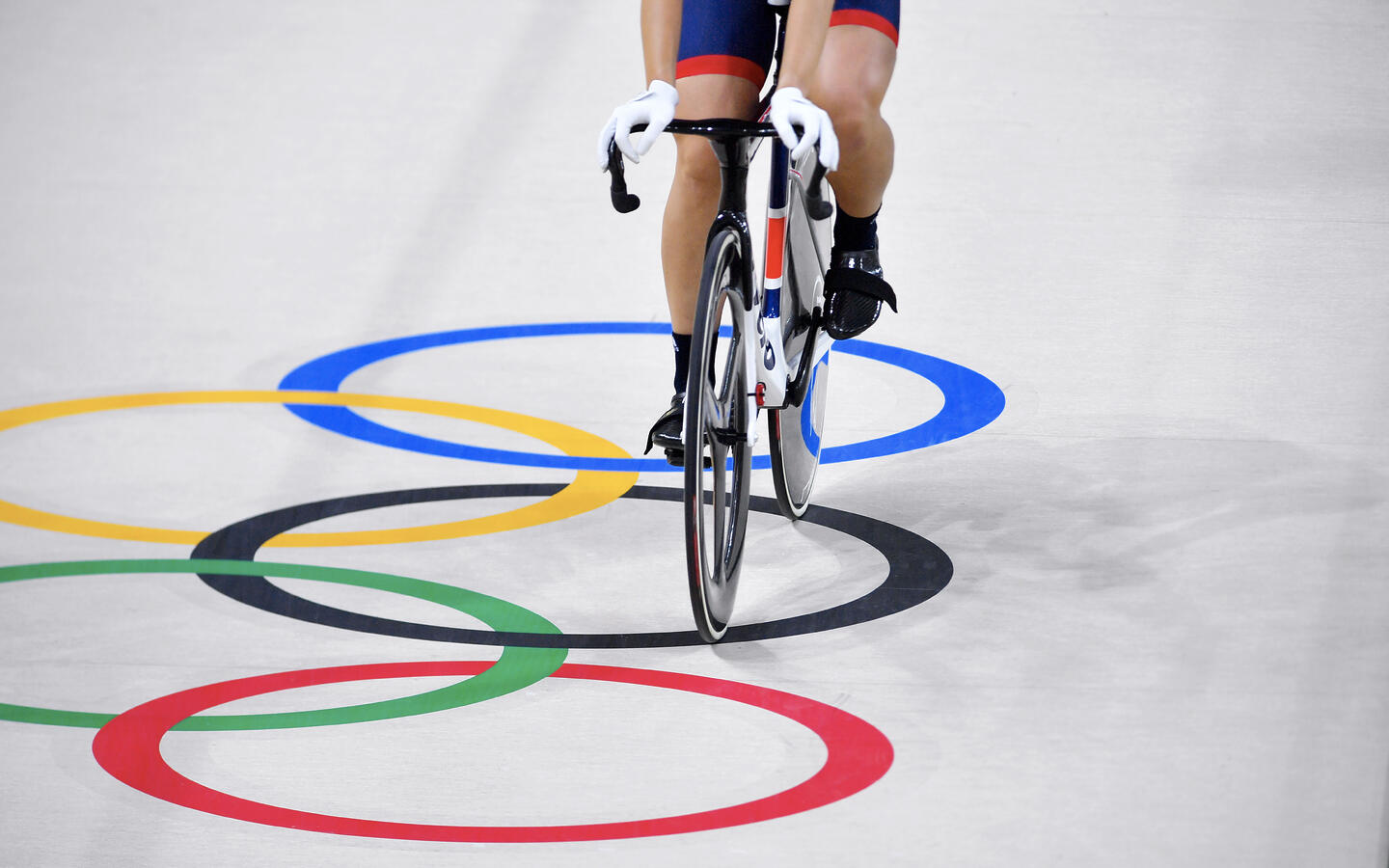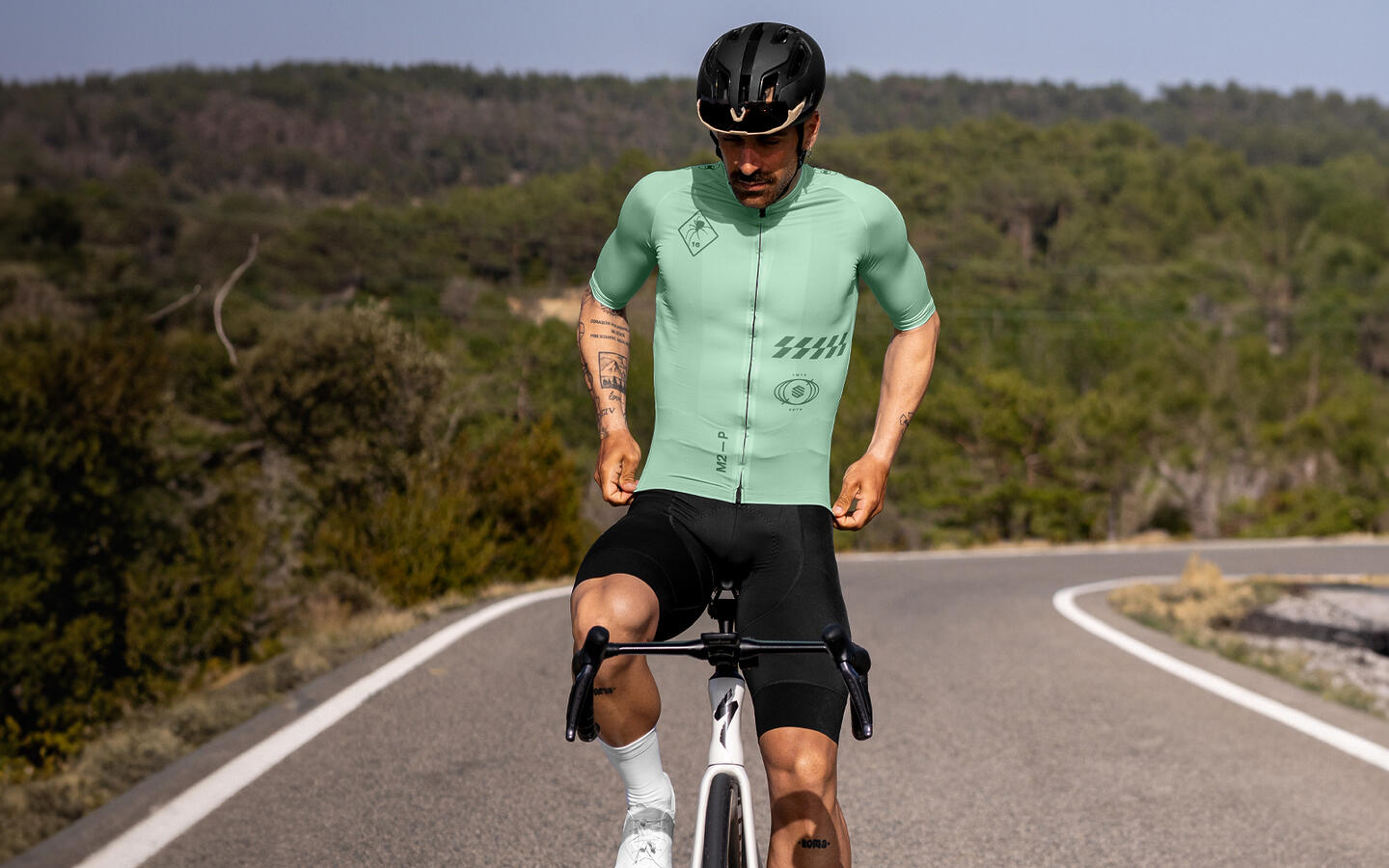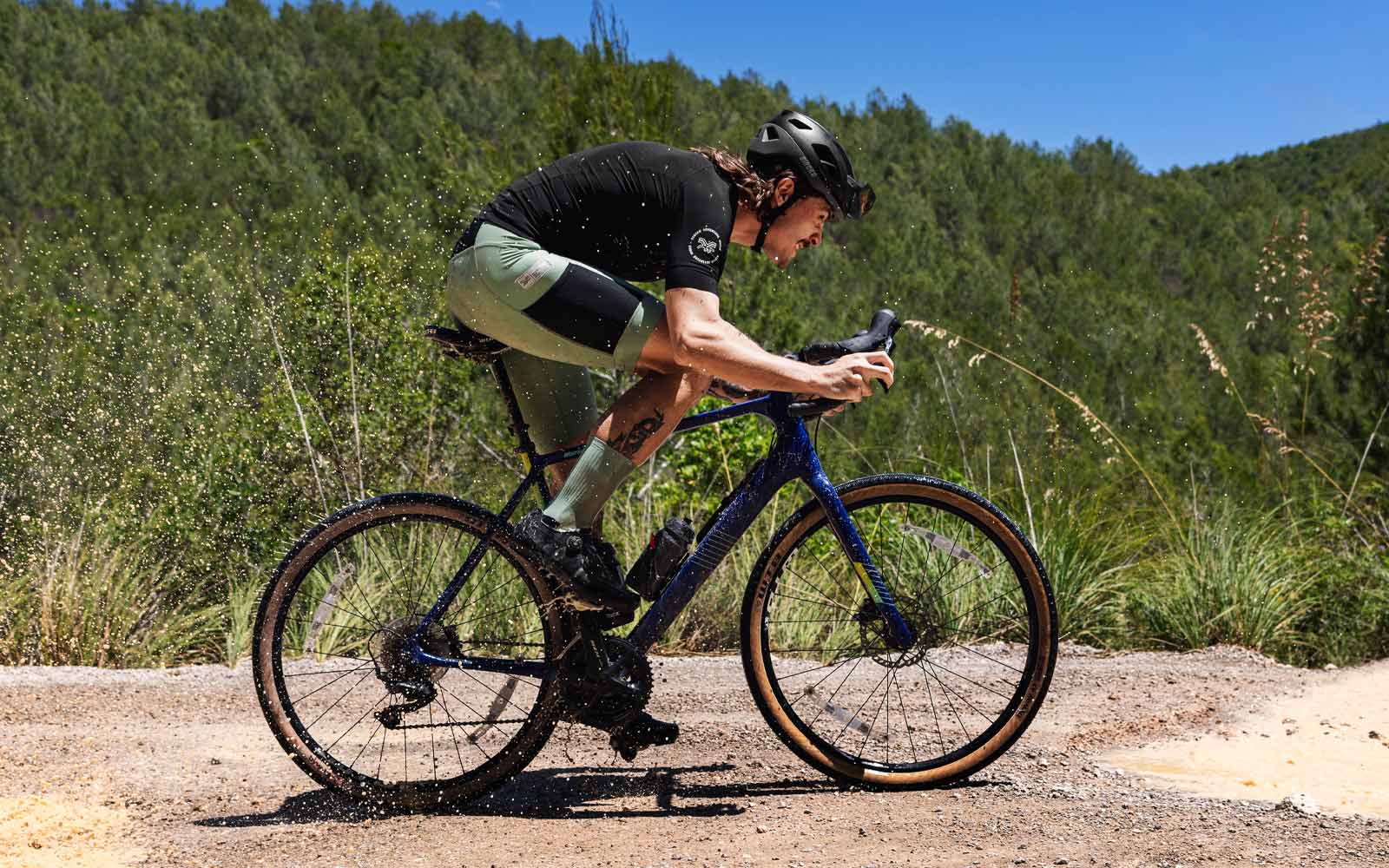Getting in shape for cycling may seem easy, just grab a bike and spend a lot of time cycling, but it’s not that simple. To help you improve your performance or simply lose weight, we’ve put together 10 simple tips divided into three parts. Let’s get started:
PLANNING AND PREPARING
Be realistic
If you want to get in shape fast you must be aware of your physical form and your weight.
A person who had practiced sport for a long time, stopped doing it, got out of shape and gained some weight, is not the same as someone who has never done any sport regularly and is overweight.
You’ll have to cut some time out of your daily life and devote it to cycling; you’ll also have to cut back on some of those pleasures we all love so much. Think carefully about how you’re going to start and what you’re willing to sacrifice to become one with your bike.
Cycling is the perfect excuse to get rid of the things you know are not good for you but, for some reason, you can’t seem to live without. We are not referring to work but rather to those after-work beers, and weekends on the sofa watching Netflix and munching on snacks. So start by switching from those activities to cycling for leisure with your family or friends, commuting or picking up kids from school on a bike. Whatever works.
Set your goals
Set short-term, medium-term and long-term goals. Each one should be a challenge, something you have not done before, giving you enough motivation to achieve it.
Ride 50 km, then go for 100 km, sign up for a cycling event, improve your times on a climb, lose weight…we can’t be more specific because each person is different. Whatever it is, focus on these goals to get extra motivation on those days when you just don’t feel like getting on your bike.
Constant = consistent
If you want to get fit only by cycling, you have to go on rides at least 2 or 3 times a week. A single ride that lasts the equivalent of 2-3 rides is not the solution. Especially if you remain inactive for the rest of the week and do not follow a balanced diet.
The more constant your efforts are the more consistent your physical fitness improvement will be in the medium- and long-term. All cyclists have their fitness ups and downs but riding regularly for weeks is the best way to keep your form and weight in check.
Develop your personal weekly plan
Prepare a plan that you can follow through with and that goes step by step. Do not be too demanding because if you do not fulfill it you will just end up frustrated. Adapt the outings and recovery to the time you have during the week and be flexible. Keep in mind that there is no universal plan for everyone, each person faces different kinds of stress at work, at home, etc. Therefore, the more personalized and individualized the plan, the better.
It is generally recommended to alternate short, intense rides with long rides (2-3 hours) at a brisk pace and a good cadence (90 rpm, allowing you to talk while pedaling).
An indoor bike trainer is a great tool to help you adapt your plan to different circumstances such as bad weather, family commitments or work. For more information, take a look at some of our tips on how to work out on an indoor bike trainer.
WORKOUT
Interval training
Use short 1-hour or 1.5-hour rides to train intensity as well as strength. Here’s an example: a session beginning with a warm-up that lasts around 10 min or until you get to the place where you want to start changing the pace (uphill, false flat or flat). Once you get there, ride 30 seconds at full throttle, and rest 30 seconds. Repeat 10 times. Rest 10 minutes and repeat again. If you see that it’s getting harder the second time, do 20 seconds at full throttle with 40 seconds of rest.
Alternatively, after the 10-minute warm-up, do 4-5 repetitions, each lasting 2-3 minutes at a fast but steady pace that you can sustain. Rest the same amount of time between each repetition. Finish with 10 minutes rest.
You can train cadence or strength, and increase the number of repetitions or the duration of each one as you get fitter.
These types of interval training sessions a couple of times a week will help you get in shape. Don’t forget about 48 hours of active or passive rest between each session.
Enjoy the ride
Organizing a training plan, setting goals, doing interval training, making sure to rest properly to recover, plus work, family and all sorts of other commitments, can drain the fun out of cycling (and any sport for that matter). When we stop having fun, we lose the passion and motivation to keep going.
If you start to feel that getting on your bike is an obligation, you’ll need to change your mindset and try to enjoy cycling again. Put aside everything you had planned for a few days and get on your bike simply because you feel like going for a ride, have a coffee alone or in good company, and ride back home without worrying about recovery. The more you enjoy what you do, the more motivated you are to keep going and get back to your original plan.
Don’t skip the gym
Skipping the gym is a common mistake among cyclists and in many cases it ends up resulting in a workout stagnation. Going to the gym not only helps you to gain strength but also improves muscle tone and allows for a change of scene by choosing other types of activities or sports.
RECOVERY
A bad recovery can ruin even the best planning and solid workouts. That is why it is key to eat well and rest properly to prepare our body for the upcoming training after each effort.
Don’t stop eating, just stop eating poorly
One of the biggest mistakes that cyclists (and people in general) make when they want to lose weight and get in shape fast. Starting to exercise and starting a miracle, low-calorie diet is the recipe for failure in the long term. It does not work in the short term either, as on a calorie deficit we feel tired, weak and unmotivated. As a result, we stop going for rides, and finally the rebound effect appears: we’re out of shape and heavier.
That’s why you should not stop eating altogether, you should simply stop eating poorly. Just by giving up unhealthy foods and habits (alcohol, tobacco, sugary drinks, ultra-processed foods, junk food, refined grains, processed meat) you will notice great positive effects on your health. Replace these foods with fruits and vegetables, whole grains, raw or roasted nuts (not fried and salted), legumes and eggs. Add lean meat and fish as well, but in moderation, as population-wise the protein supply is more than enough.
Stretch
Take 10 minutes after each ride to keep your muscles flexible and make sure your body is ready for the next time you get on the bike. Here’s a simple stretching routine for cyclists. If you get a massage from time to time, your body will appreciate it too.
Get a good night’s sleep
You don’t only live to train, you also study, work and have a family. If you don’t rest properly, you won’t feel like getting on your bike. A good night’s sleep is essential for the body to recover after training. How much sleep do you need? It depends on the quality of your sleep. Perhaps 6 hours is enough for you to recover, but some people need at least 8 hours.





Pingback: 5 Straightforward Ways to Improve Your Health - Inspiring Momma
Pingback: How Can I Effectively Prepare for Cycling? – Dartmoor Bikepacking: Your Destination for Premium Cycling Gear